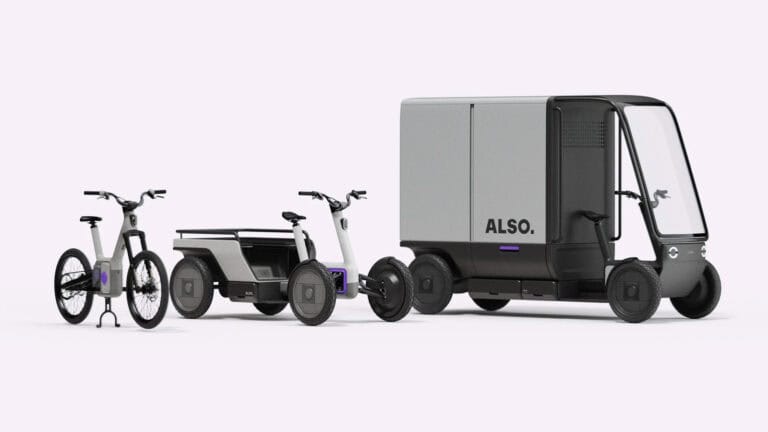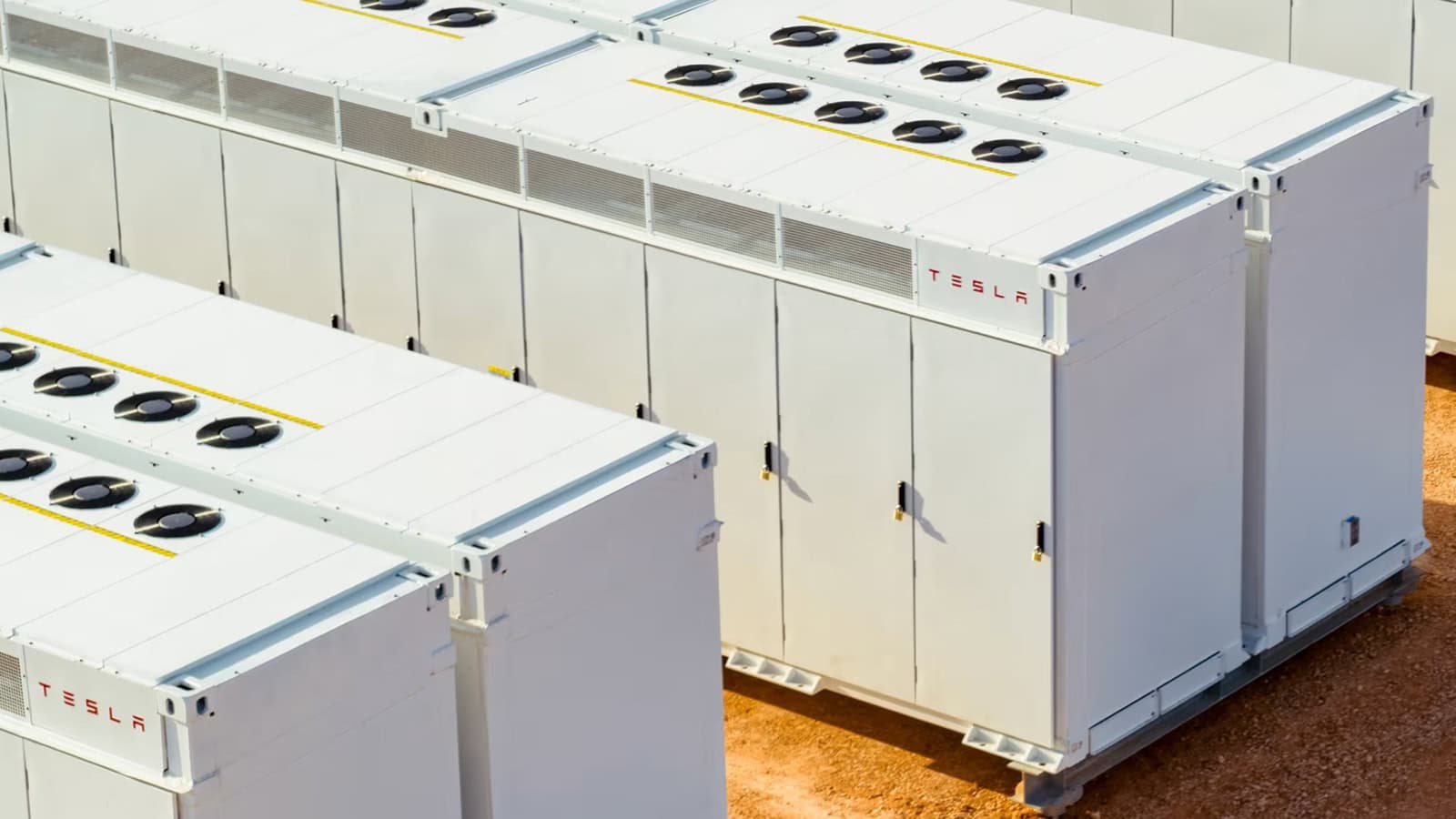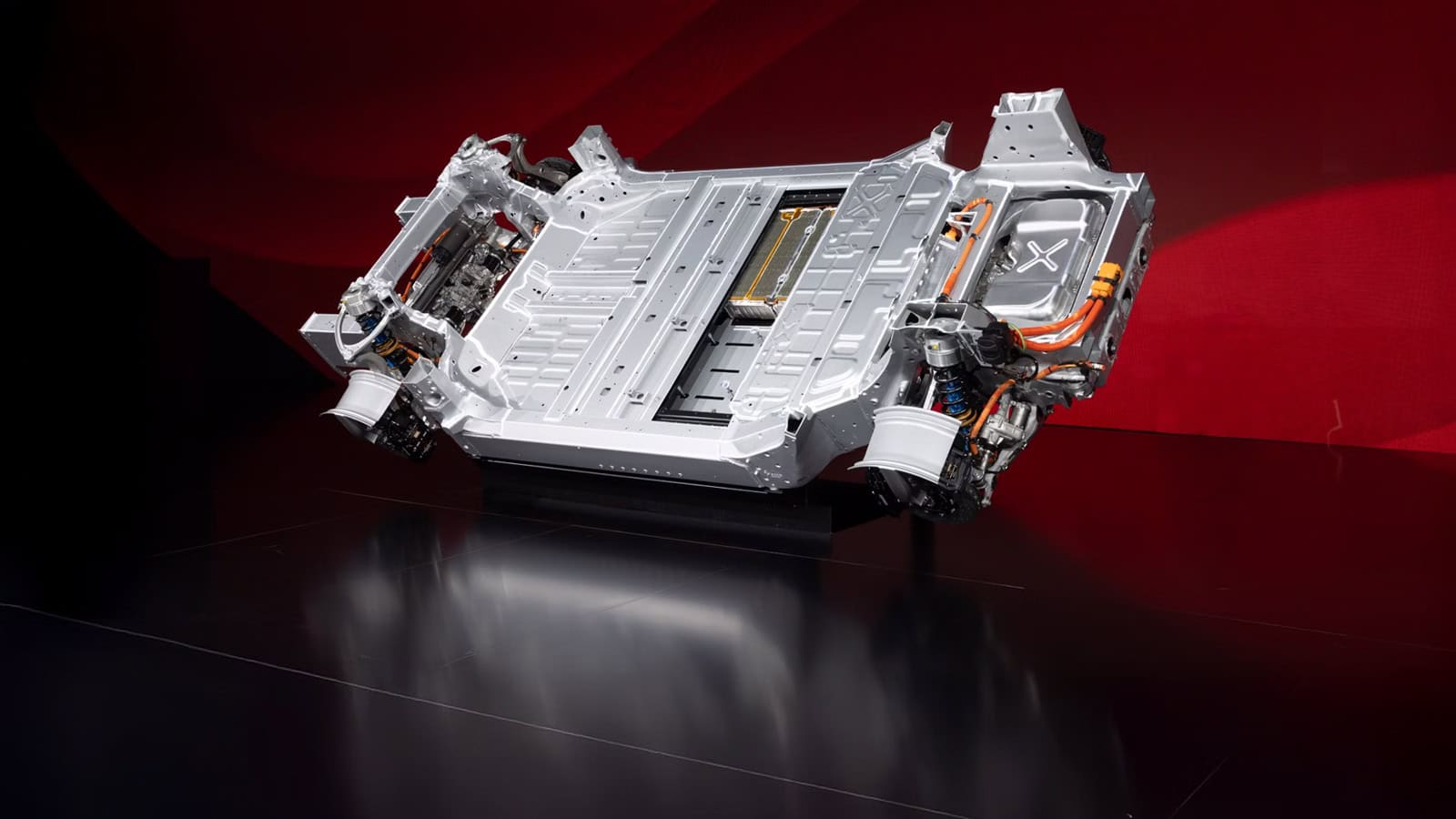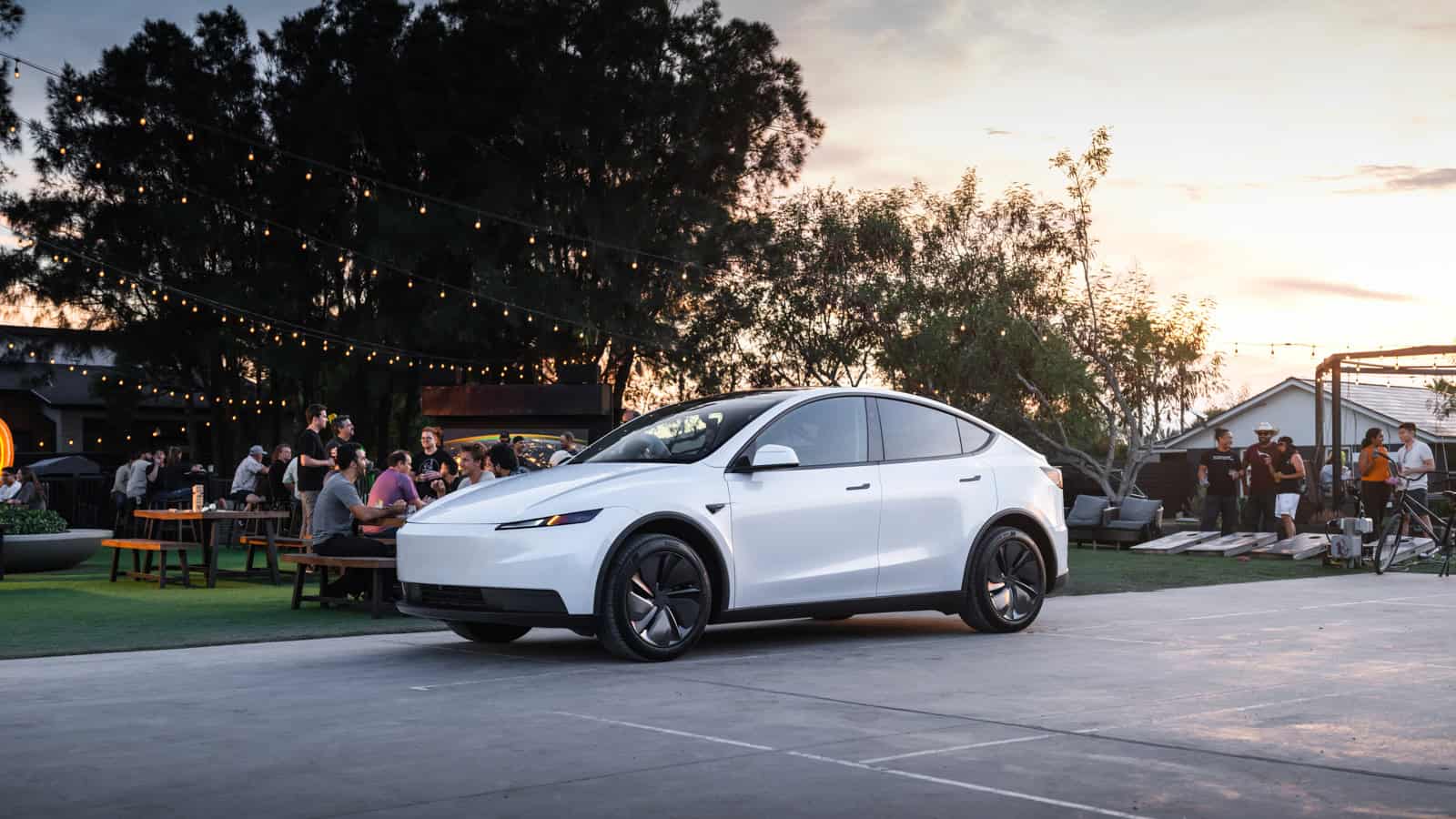In this column, we ask an advanced AI one of the most pressing questions facing electric car makers: when will robotaxis be ready?
The idea of a “robotaxi” has been around for a long time, but it became inexorably linked to electric cars when Elon Musk famously told Model E reservation holders that, with Full Self Driving, Tesla owners could make “up to $30,000 per year” while they slept by turning their cars into autonomous taxis.
That was in 2019, and the robotaxi – for Tesla, anyway – is still several years away, at least. If anything, the last four years have proven that Tesla’s autonomous capabilities may not be all they’re cracked up to be. Regardless, it’s still a huge part of the conversation, so we asked an AI, “when will autonomous taxis be ready?”
The readiness of autonomous taxis depends on various factors such as technology development, regulatory approval, and market acceptance. Currently, there are a number of companies and organizations working on developing autonomous taxi technology, and some have already begun testing their vehicles on public roads. However, widespread deployment of autonomous taxis is likely still several years away, as significant challenges still need to be addressed, including the development of robust and safe autonomous systems and the creation of a regulatory framework that allows for the operation of autonomous vehicles on public roads. It is difficult to provide an exact timeline for when autonomous taxis will be ready for widespread deployment, but it is likely to be several years before it becomes a reality.
Keep in mind that the AI we’re using was trained on data from 2019, so may not be completely up-to-date on recent development in the realm of autonomous vehicles. Regardless of all that, it did a pretty good job. It mentioned regulatory approval which is interesting, let’s poke into that a bit more. “You mentioned regulatory approval, what regulations are currently in place that would affect autonomous taxis?”
Regulatory approval is a key factor that will impact the deployment of autonomous taxis. Currently, the regulations governing autonomous vehicles vary by country and even by state or province. In general, most jurisdictions have yet to establish specific regulations for autonomous vehicles, and those that do exist are often focused on testing rather than deployment.
In the United States, for example, the National Highway Traffic Safety Administration (NHTSA) has issued guidelines for the testing and deployment of autonomous vehicles, but these are not legally binding. Meanwhile, states such as California, Florida, and Michigan have passed laws specific to autonomous vehicle testing and deployment, but these laws vary widely in their scope and requirements.
In Europe, the European Union has issued guidelines for the deployment of autonomous vehicles, but the implementation of these guidelines is left to the individual member states.
In addition to regulatory approval for the vehicle itself, there are also legal and regulatory issues related to liability and insurance that need to be addressed before autonomous taxis can be deployed widely. For example, determining who is liable in the event of an accident involving an autonomous vehicle is a complex issue that will need to be resolved.
Overall, the development of regulations that ensure the safety and reliability of autonomous vehicles while still allowing for innovation and deployment is a key challenge that needs to be addressed before autonomous taxis can become a reality.
It seems like the government and insurance companies still have a lot to do here, and considering the amount of time it took to elect the most recent speaker of the house, it feels like this could be a major bottleneck to the acceptance and usage of autonomous taxis. What do you think? Scroll down and leave a comment below and let us know.
In the meantime, we asked another AI, called DALL-E, to design some artwork for this post. These are some of the images that it came up with. Enjoy!
AI-Generated Cover Art for Robotaxis





ORIGINAL CONTENT FROM ELECTRIFY NEWS.
FTC: We use income-earning auto affiliate links. Learn more.











